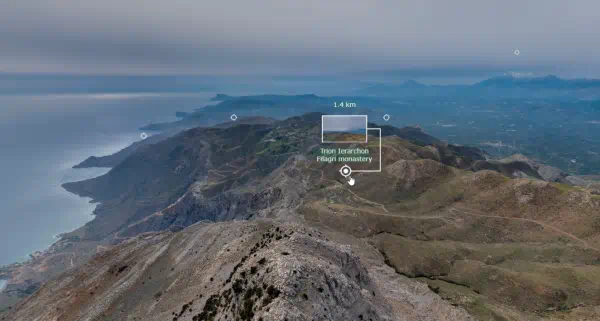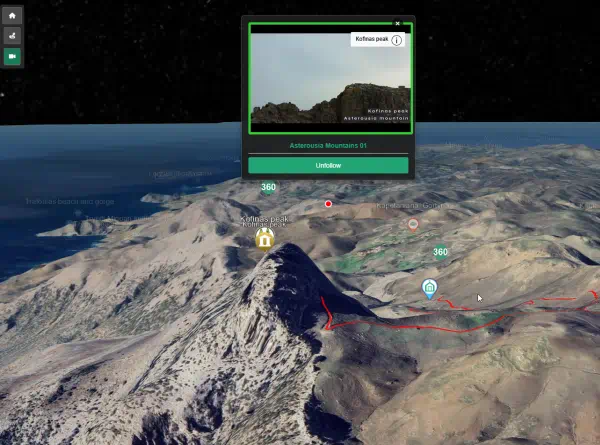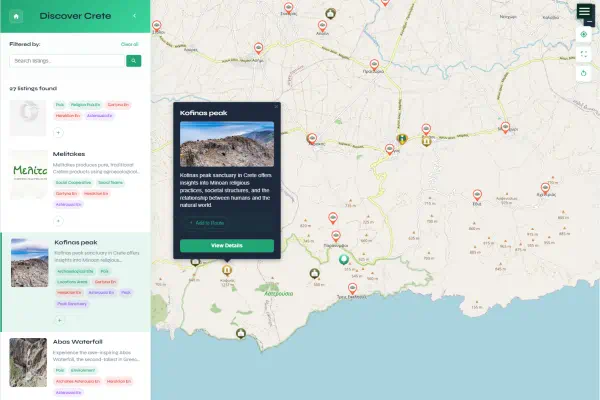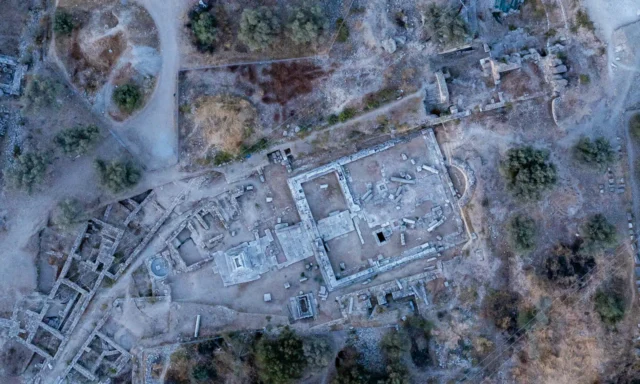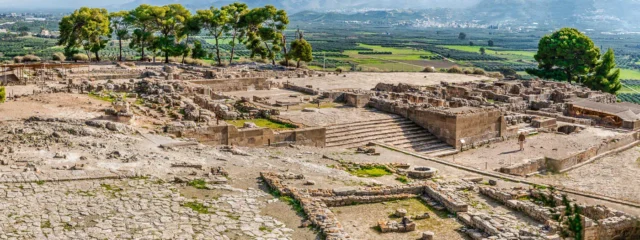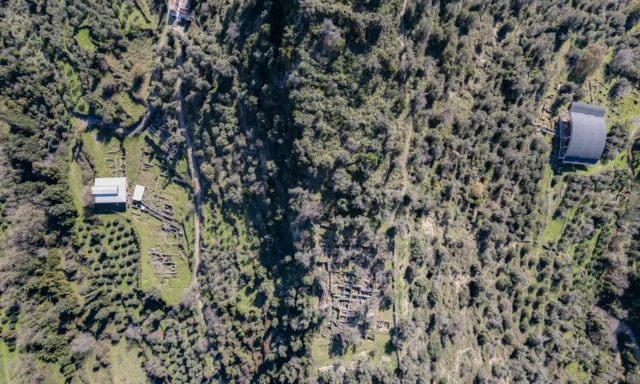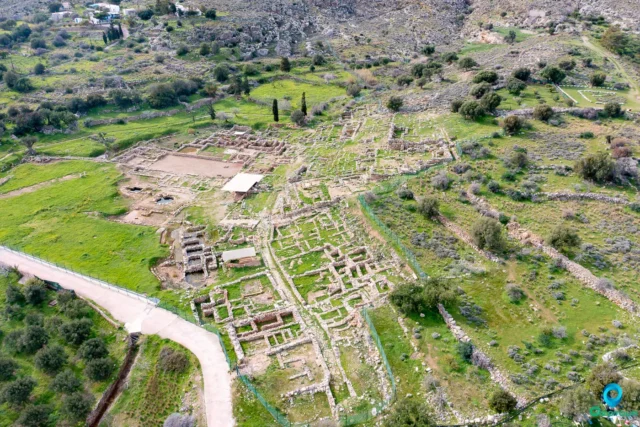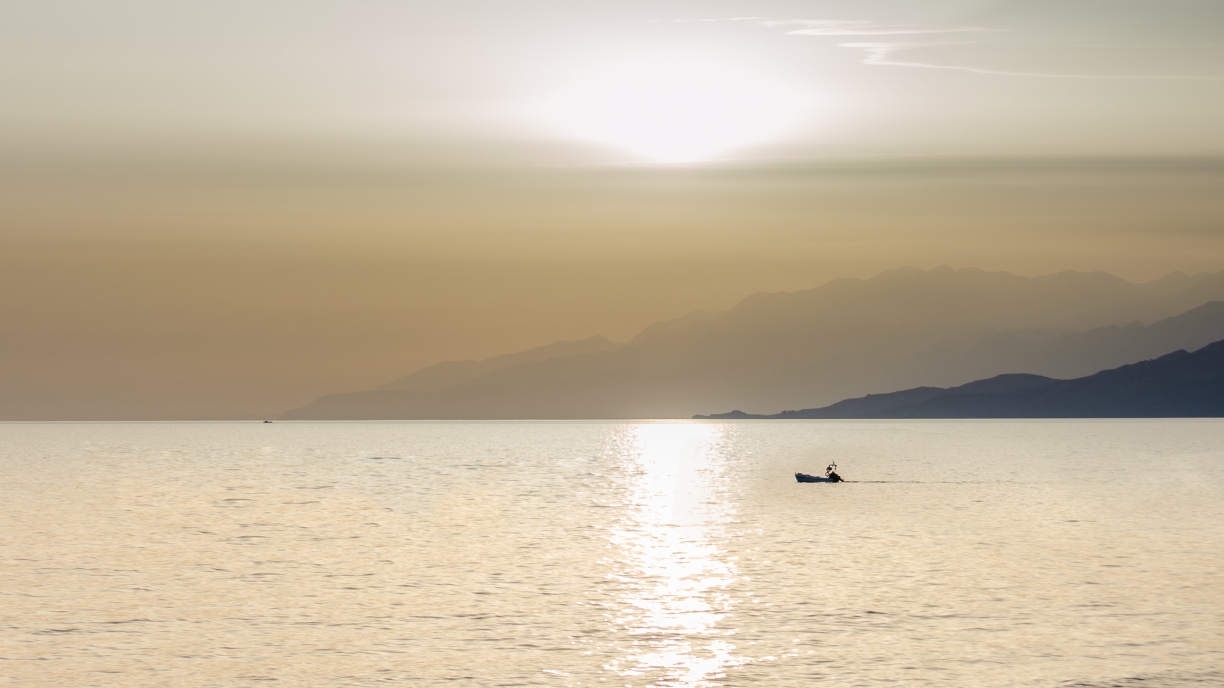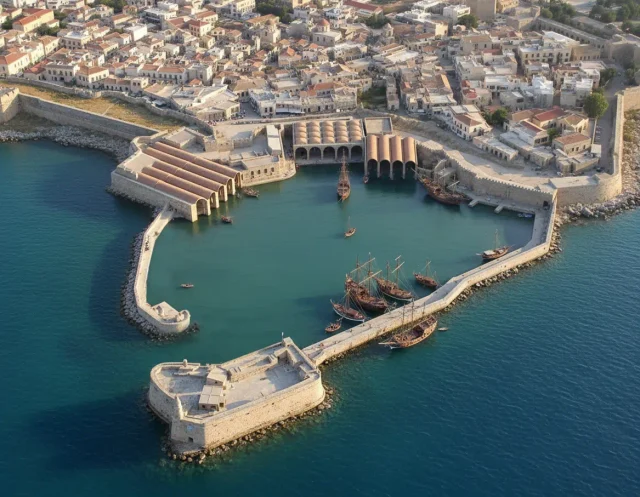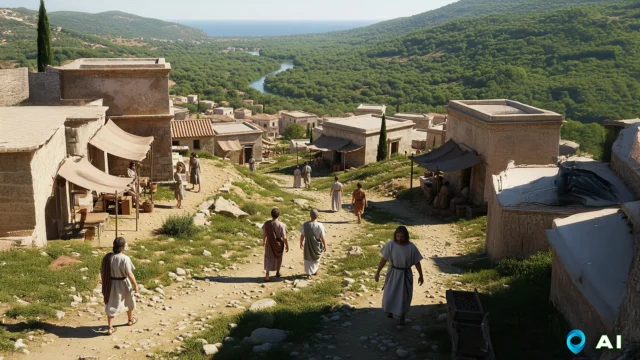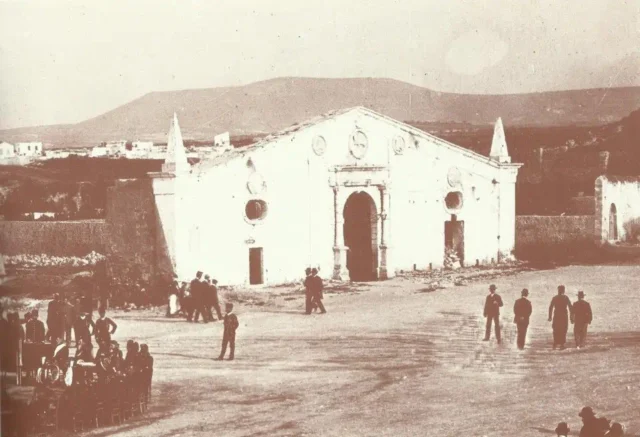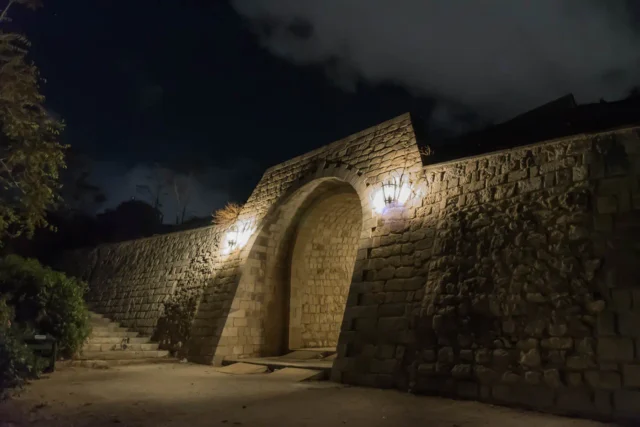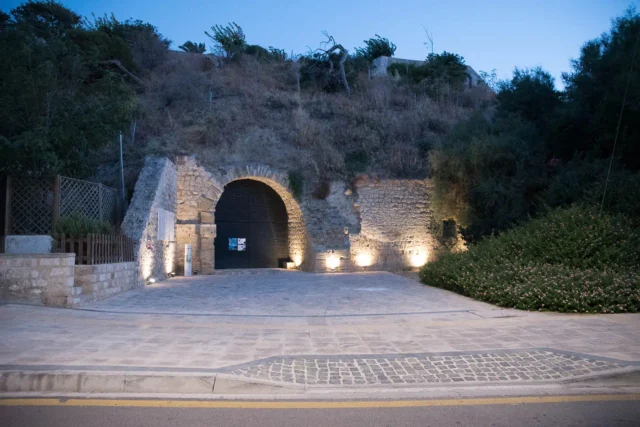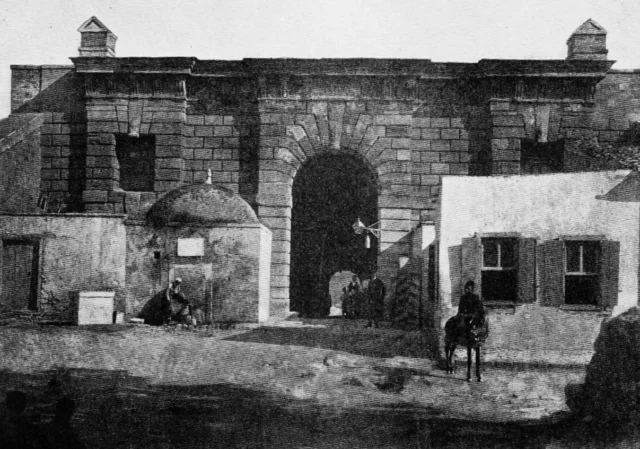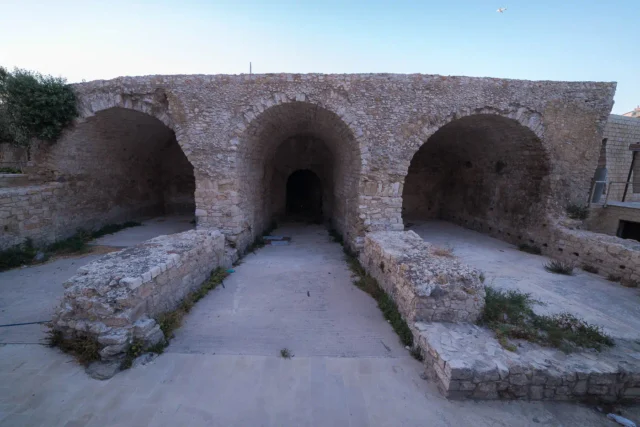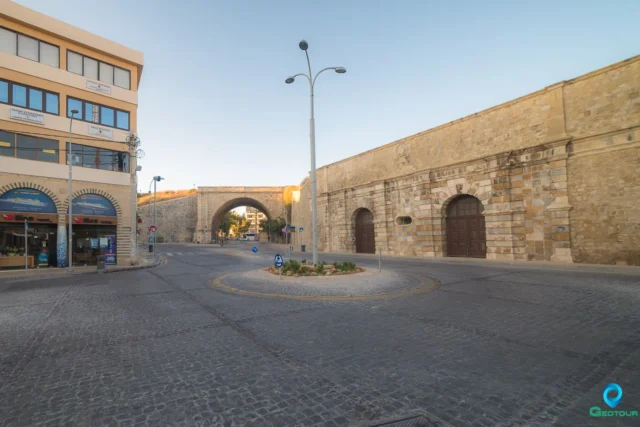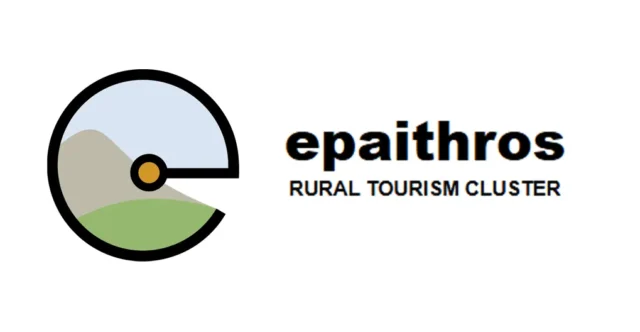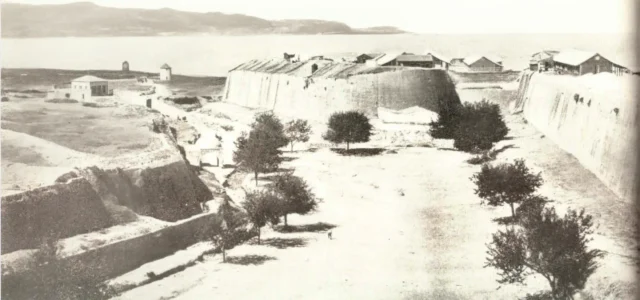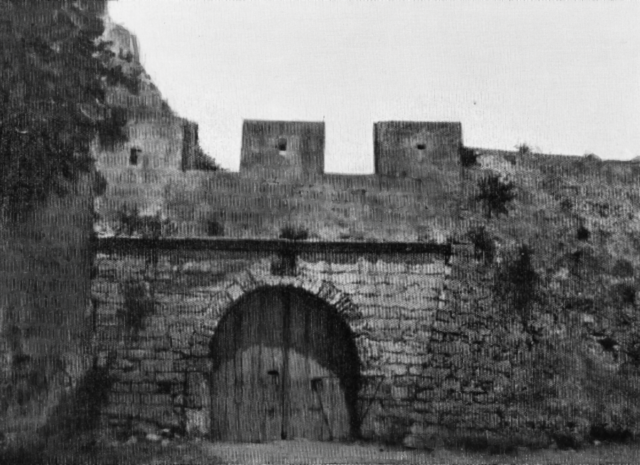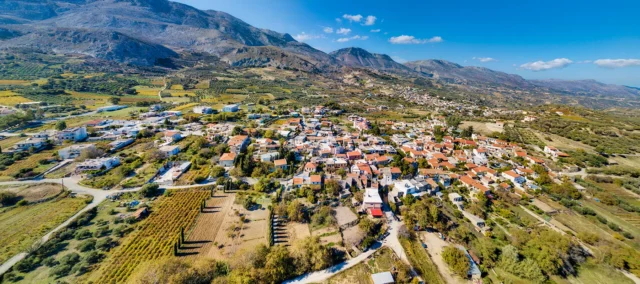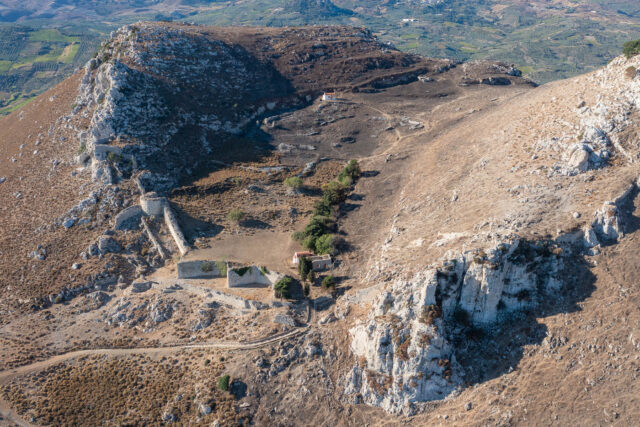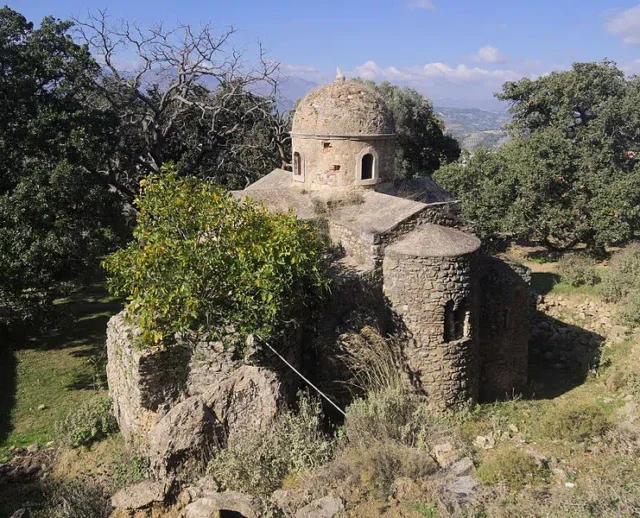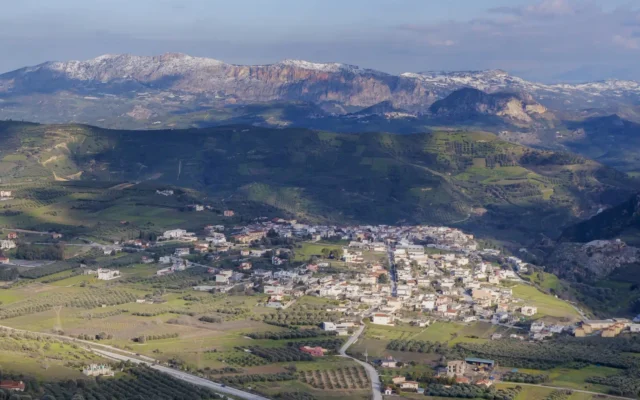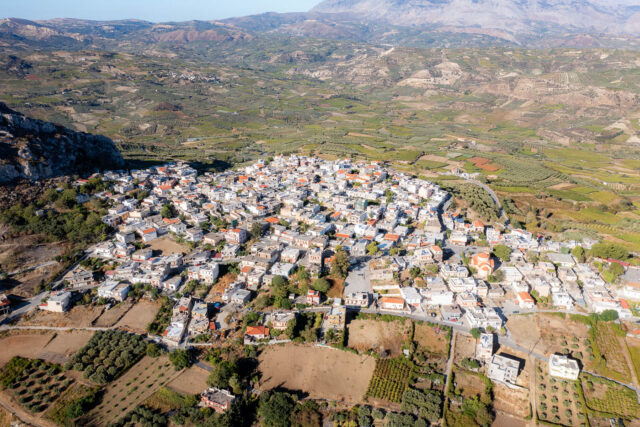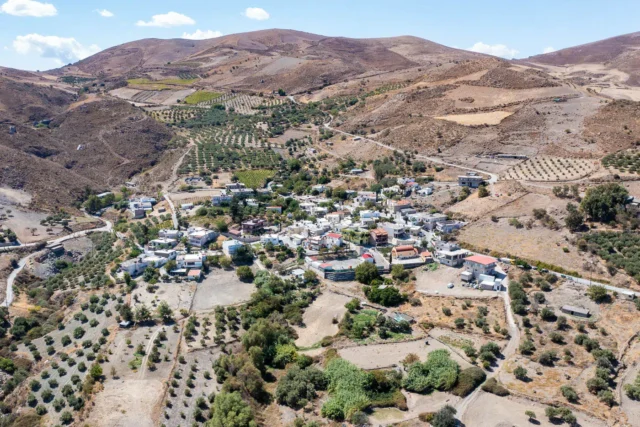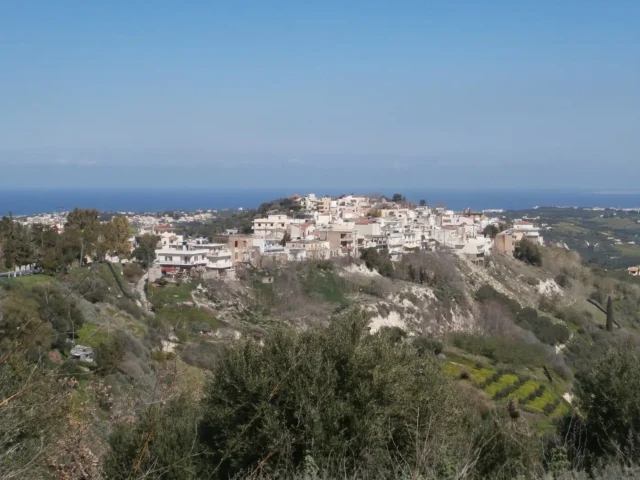37
listings found
Categories
Active filters:
The Venetian Harbor of Heraklion
The port's history begins in the Minoan era (Poros-Katsambas) and was founded as Rabdh el Khandaq by Arabs in 824 CE as a pirate base. Following Byzantine rule, Venetians developed it as Candia, their realm's capital. They constructed the massive Rocca a Mare (Koules Fortress, 1523-1540), a two-story fort with prisons and cannon ramparts, and the extensive Venetian Shipyards (Neoria) for galley repair. Ottomans added the Little Koules, later demolished in 1936 along with the Gate of the Mole and most Neoria during 20th-century modernization.
Ancient Lykastos
An ancient city in Crete, located at the Vitsilia site near modern Profitis Ilias and known primarily from literary sources. First mentioned in Homer's Iliad's Catalogue of Ships, its mythological founder was Lykastos, a son of King Minos. During the Hellenistic era, the city was destroyed by the neighboring city-state of Knossos. Its territory subsequently became a point of contention, with Gortys seizing it and granting it to Rhaukos. Roman intervention in 185 BCE ultimately divided the lands between Knossos and Lyktos.
Agios Georgios (St. George) Gate, Lazaretto
The Agios Georgios Gate, also known as the Lazaretto Gate or Maroula Gate, is a reminder of the size and strategic importance of Heraklion’s Venetian fortifications. Although it was demolished […]
Bethlehem Bastion and Gate
The Bethlehem Bastion and Gate are integral parts of the historic Venetian walls that encircle Heraklion, Crete. Built in the 16th century, these fortifications played a crucial role in the […]
Martinengo Bastion and Makasi Gate
The Martinengo Bastion is a major 16th-century fortification on the Venetian walls of Heraklion, designed to defend against the Ottoman Empire. This bastion is the location of the tomb of author Nikos Kazantzakis. Beneath it lies the Makasi Gate, which during the German occupation in WWII served as a detention center. It is now a Museum of Memory, commemorating events like the Great Blockade of Crete, where prisoners were sent to Mauthausen, and the deportation of Cretan Jews on the ship Tanais.
Jesus Bastion and Gate
16th-century Venetian walls of Heraklion, featuring the Jesus Bastion and Gate, built to protect the city from threats.
Dermata Gate
The Dermata Gate in Heraklion's Venetian walls, a historic passageway built between 1590 and 1595. It served as a secondary access point to the city from the sea.
Pantokrator Bastion and Gate
Pantokrator Bastion and Gate, a prominent feature of the Heraklion Walls. Constructed in the mid-16th century, it played a crucial role in the city's defense.
Epaithros: Greece’s Rural Tourism Network
Epaithros: Greece's pioneering cooperative network supporting and advancing rural tourism.
Saint Andrew Bastion and Gate
Agios Andreas Bastion, a crucial defensive point in the Venetian walls of Heraklion, witnessed the fall of Candia to the Ottomans. It's open to the public.
Sabbionara gate – bastion, Heraklion
16th-century Venetian bastion in Heraklion, a key defense during the Siege of Candia. Well-preserved and open to the public.
Ano Asites, Heraklion
Located at 480 meters on the eastern slopes of Mount Ida (Psiloritis) in Crete. The area's history is marked by a necropolis at Siderospilia with tombs from the Minoan to Roman periods and the remains of the ancient city of Rizinia. Mentioned in the 1583 Venetian census, it later became a haven for WWII resistance fighters like Manolis Bandouvas. The village is near the gorges of Agios Antonios and Agios Charalambos and is a starting point for the E4 walking path. It has a folk museum and celebrates its patron saint, Agios Ioannis, on August 29th.
Temenos Fortress
Located on Rocca hill near Profitis Ilias, this is Crete's most important Byzantine fortification, built in 961 CE by Nikephoros Phokas. Also known as Rocca or Kanli Kastelli, its history involves the Genoese, Venetians, and Ottomans. Its Turkish name, "blood-soaked castle," stems from a 17th-century massacre. The 60-hectare archaeological site, near the site of Ancient Lycastos, includes ruins of walls, a pentagonal inner fortress, large water cisterns, and several churches.
Agios Ioannis at Roukani
This 11th-century Byzantine church in Roukani, Heraklion, is a significant example of cross-in-square architecture. Dedicated to Saint John (Rigologos), its design features a central dome on four columns with pendentives and an exterior with blind arches. Though its interior frescoes are fragmented, its structure suggests architects from Constantinople. The site's history is layered, with a Roman cistern and Venetian-era tombs nearby. A lead seal of Abbot Andreas Roukanis confirms its monastic past.
Venerato, Heraklion
Venerato, a village in Crete's Heraklion region, 19.8 km from Heraklion city, bears Venetian origins, likely a noble retreat. Historical records from 1583 note its size. It is a thriving agricultural community with modern amenities like schools and a medical center. Notable figures, including Patriarch Nectarios of Jerusalem, were born here. Once a larger settlement, its population was 593 in 1583 and 836 in 2011. The village's name derives from the Italian "venerato," meaning "respected."
Roukani, Heraklion
Roukani is a settlement located in the Heraklion regional unit on the island of Crete, Greece. It belongs to the Municipality of Heraklion and is 12.4 kilometers away from the town Krousonas and 4.4 kilometers away from Profitis Ilias
Profitis Ilias, Heraklion
Profitis Ilias, formerly Kanli Kastelli, is a historic village in Heraklion, Crete, at the foot of Rokka hill. Ancient Lykastos' acropolis stood here. The Byzantines built Temenos fortress, later fortified by Venetians (Castello Temene). Ottomans renamed it Kanli Kastelli ("Bloody Fortress"). Known for agricultural production, particularly grapes, raisins, olive oil, and wine, the village has a population of 1,320. It features a Citizens' Service Centre, police station, schools, a medical clinic, and several churches.
Karkadiotissa, Heraklion
Karkadiotissa is a settlement located in the Heraklion regional unit on the island of Crete, Greece. It belongs to the Municipality of Heraklion
Voutes, Heraklion
Voutes (Voutai), a suburb of Heraklion 12.9 km away, is situated on a hill at 240m altitude, offering views of eastern Malevizi. Its name derives from 'voutis' (shepherd), with inhabitants engaged in vineyard and olive grove cultivation. The area hosts 3 kindergartens, 2 primary schools, and the University of Crete's School of Sciences, Medical School, and library on its campus. Documented as "Vuttes" with 230 inhabitants in Venetian censuses, it was impacted by Cretan independence struggles, featuring figures like Georgios Orfanos and Georgios Linardakis, conflicts during Ottoman occupation, and a devastating 1856 earthquake. Population in 1881 was 453 (6 Turks, 447 Christians), and 682 in 2011 (including Giofyrakia). Today, it blends traditional elements with modern amenities, including historical sites like Trigiris House and the Church of Panagia, an old town with narrow streets, and hosts cultural events.
Pentamodi, Heraklion
Pentamodi is a settlement located in the Heraklion regional unit on the island of Crete, Greece. It belongs to the Municipality of Heraklion

